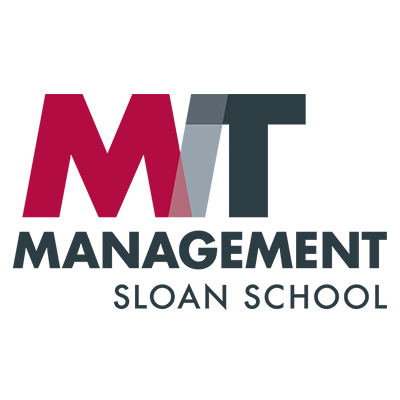List of Best Joint/Dual/Concurrent Degree MBA Programs
/While a 2-year MBA program is the desire and envy of many a business school applicant, an increasing number of MBA students are now completing their studies as part of a "joint" or "dual" degree program. As far as semantics go, "joint" programs integrate two different degrees into a unified course of study, often housed within the same university, while "dual" degrees often span two different universities and are pieced together by the student.
Kellogg at Northwestern is pretty restrictive, offering only a 2-year dual masters program in Design Innovation, and its 3-year JD/MBA with their Law School. HBS is more open but still pretty restrictive, offering only joint degrees and only with Harvard Kennedy School, Harvard Law School, Harvard Medical/Dental School, and (most recently) Harvard School of Engineering & Applied Sciences. Stanford GSB is more open, offering concurrent degree options with Harvard Kennedy School, Harvard Medical School, Johns Hopkins School of Advanced International Studies (SAIS), Princeton Woodrow Wilson School of Public and International Affairs, Yale Law School, Yale Medical School, and any of Stanford's other graduate programs from Education to Electrical Engineering.
Top Concurrent MBA Degree Programs
Booth at University of Chicago: UChicago MS Computer Science, JD, MD, MPP, MA Social Services Administration, MA International Relations;
Columbia Business School: Columbia MS Urban Planning, DDS, MS Engineering and Applied Science, MA International and Public Affairs, MS Journalism, JD, MS Nursing, MD, MPH, MS in Social Work, MA in Private School Leadership
Darden School at UVA: UVA MD, JD, MEd, MS Data Science, MPP, MPH, MA Government, MA East Asian Studies, ME Engineering, MS Nursing, PhD
Duke Fuqua School of Business: Duke JD, MD, MEM, MPP
Haas at University of California—Berkeley: Berkeley MPH, JD
Harvard Business School: HKS, HLS, HMS, Harvard Dental, Harvard Engineering
Kellogg at Northwestern University: Northwestern JD, MS in Design Innovation
MIT Sloan School of Management: HKS, MIT Department of Urban Studies, LGO
Stern School at NYU: NYU MD, MFA, JD, MPA, MS Biology, MS Mathematics Finance, DDS, HEC
Stanford Graduate School of Business: Stanford JD, MPP, MD, MA Education, MS Computer Science, MS Electrical Engineering, MS Environment and Resources, HKS, SAIS, WWS, YLS, YMS
Tuck School at Dartmouth: Dartmouth MD, MPH, or PhD, HKS, SAIS, Tufts Flecher, Vermont Law School
Wharton School at The University of Pennsylvania: UPenn MA in International Studies (Lauder), JD, Education, Engineering, Environment, Design, Health Care Management, Medicine, Nursing, Social Work, Veterinary Medicine, SAIS, HKS
Yale School of Management: Yale JD (3 or 4 year), MEM or MF Forestry & Environmental Studies, MA in Global Affairs, MD, MPH, MARCH Architecture, MFA, MA Divinity, PhD, MD


















